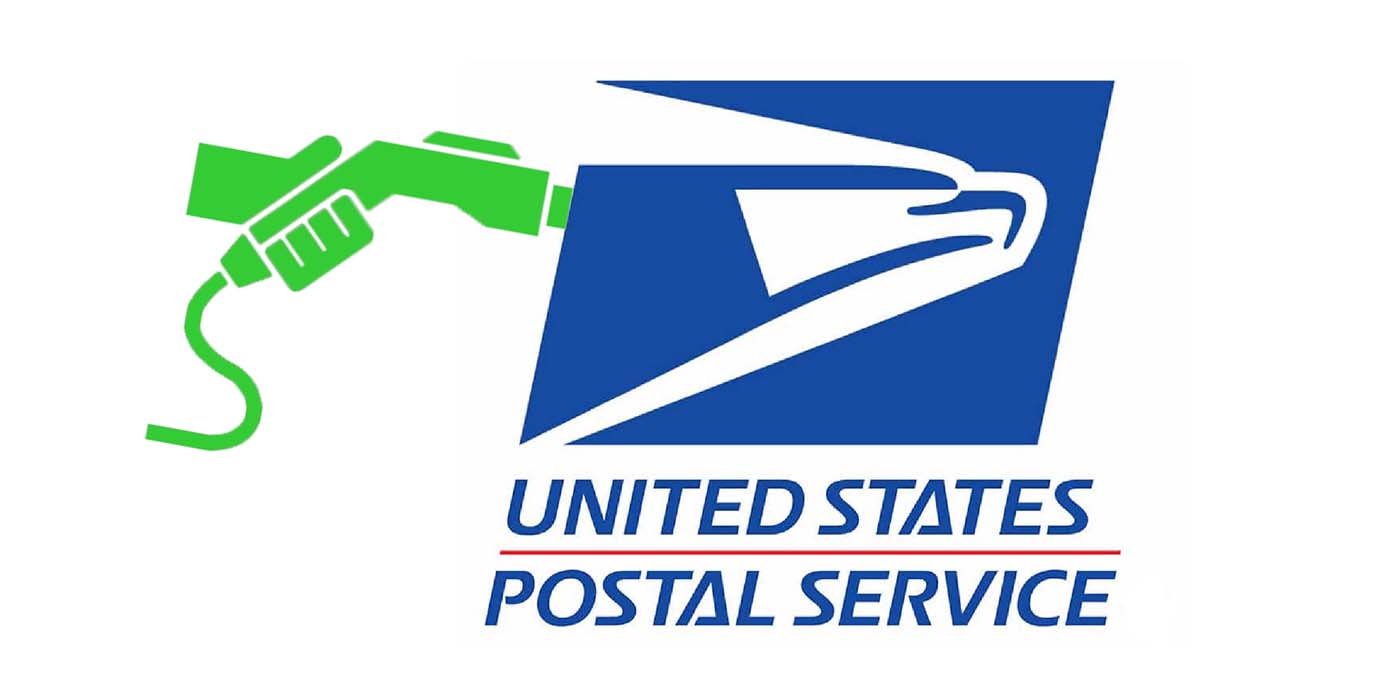[ad_1]

The US Postal Service showed off its first EV charging stations, and some spiffy new Ford E-Transit BEVs, at an event in Atlanta yesterday, with hundreds of new sorting and delivery centers set to open around the country this year. It’s all part of the $40 billion plan to upgrade its service while assembling one of the county’s largest EV fleets, with more than 66,000 delivery vehicles in service.
“The work USPS is doing to electrify those vehicles is making EVs commonplace on every road and street in our country, while reducing air pollution and increasing comfort and safety for the dedicated public servants who deliver our mail,” John Podesta, senior advisor to the President for Clean Energy Innovation and Implementation, said in a press release.
The USPS is now working to convert some 400 post office sites into new sorting and delivery centers that will serve as larger hubs to “deploy EVs along local carrier routes.” Rather than the local post offices of yore, these new centers will service larger geographic areas, with the first 14,000 EV chargers manufactured by Siemens, Rexel/ChargePoint, and Blink. So far this year, the service has opened 29 new sorting and delivery centers around the country.
Last year, the USPS signed an agreement to buy 9,250 Ford E-Transit BEVs from Ford. Ford E-Transits have nearly three times the cargo capacity of the Grumman LLV delivery vehicles that USPS currently uses, which will allow carriers to haul more mail without having to go back for more pickups.
The USPS also plans to buy another 11,750 commercial off-the-shelf (COTS) vehicles from other manufacturers. In total, it says it will add “at least 45,000 battery-electric Next Generation Delivery Vehicles (NGDVs) by 2028” made by Oshkosh, which tallies up to a total of more than 66,000 EVs.
Electrek’s Take
The USPS has a fleet of some 217,000 delivery vehicles to deliver mail and parcels to more than 135 million addresses, so that is a lot of ground to cover – and adopting EVs for a federal agency that literally touches every neighborhood in the US is long overdue. The service says it is considering going all-electric in its future as part of a $40 billion plan to update its operations – right now it is targeting 75% electrification. While we can easily make the argument for going 100% electric, considering much of its current fleet of 217,000 delivery vehicles is more than 30 years old, this is an exciting first step.
FTC: We use income earning auto affiliate links. More.
[ad_2]
Source link
